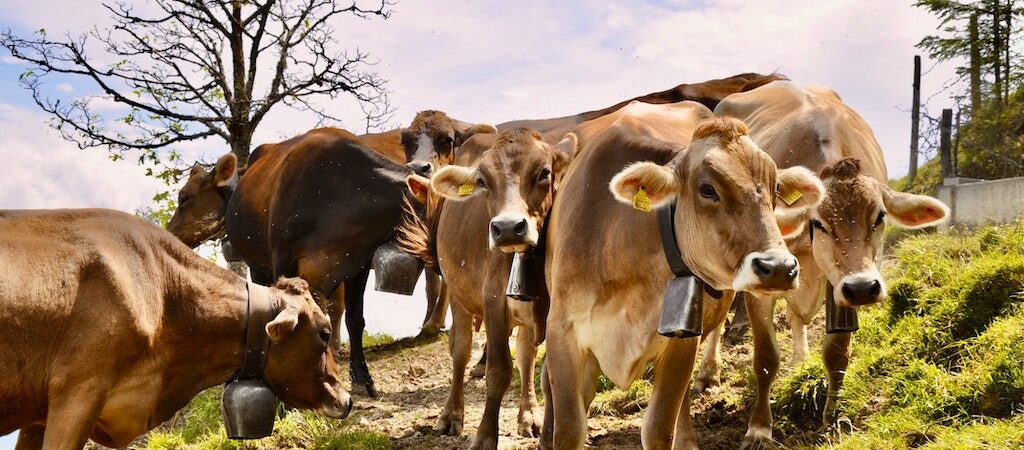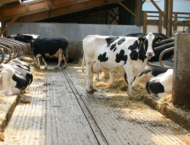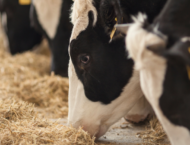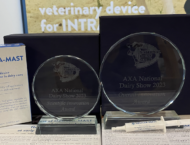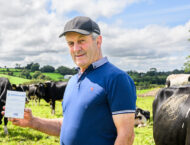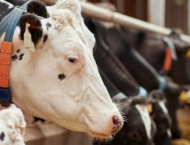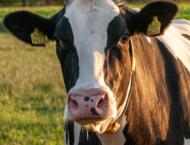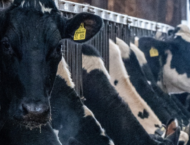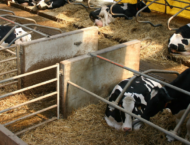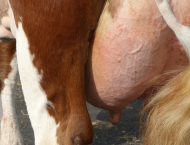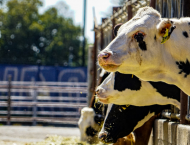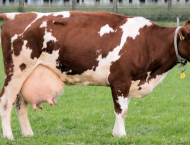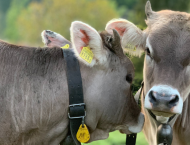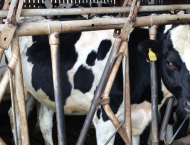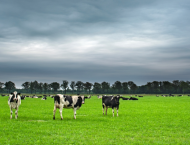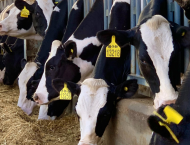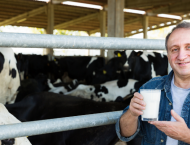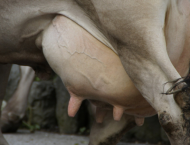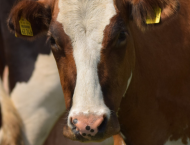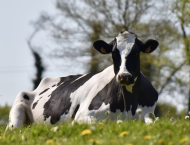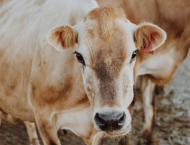At global level, approximately one in nine people suffer from hunger. This trend is sharper in developing countries, where roughly 13% of the population is undernourished.
In a world producing enough food to feed all of us, there are still too many people struggling to give their children something nutritious to eat. 690 million people go to sleep on an empty stomach at the end of each day1.
In 20191, acute food insecurity affected 135 million people in 55 countries. Today, one in three people suffer from diverse forms of malnutrition.
Covid-19 posed an additional threat to food security. Moreover, if we do not take actions to reverse the current trends, figures for hungry people will reach 840 million by 2030.
All this is linked to food loss and food waste. Every year, about one third of food we produce is lost during production (particularly in developing countries) or wasted on the plate (especially in developed countries). This means for the global economy nearly US $ 1 trillion lost annually1.
Foods of animal origin provide readily digestible protein and essential nutrients. Moreover, they can critically contribute to end hunger while improving food security and nutrition.
Livestock products are also fundamental in children’s diet as they provide several micronutrients involved in physical and cognitive development2.
In developed countries and a growing number of developing nations, adverse health effects (overweight, obesity, chronic diseases, etc.) associated with overconsumption of processed meat are highlighted.
There has to be a middle ground at this point.
The whole livestock sector can play a key role in the process towards ending hunger, specifically by contributing at different levels and from several perspectives.
The livestock sector can be a driving force for rural communities by creating employment opportunities both in primary production and processing. It can generate income, fiscal revenue, and allow to earn foreign exchange. Moreover, livestock production can provide enough healthy and nutritious foods for everyone.
The livestock sector is also aware of the challenges it is facing, which will be pushed by an increasing demand for nutritious, abundant and healthy foods.
Intensive production cannot be left apart, since it will be needed as the population grows. Certainly, it has to change. And, undoubtedly, the livestock sector should find new ways to talk to consumers, trying to fill the gap between the idea that consumers have about intensive production and what the sector really means when discussing intensive farms.
Scientific evidences support the importance of milk and dairy products as part of a healthy and balanced diet. They are nutritious, dense foods, suitable to nourish the world.
Can the dairy sector tackle malnutrition and ensure food security? Yes, and it can also do it through a sustainable and circular approach, benefiting agricultural and non-agricultural sectors revolving around livestock production.
We have already gone deeper into these aspects. The link between OZOLEA’s Friday posts relies in one word: efficiency4.
When thinking about a suitable tool for milk production, OZOLEA also took into consideration the fact that milk waste is a major challenge for dairy farmers. In a global context, it is a waste of resources, energies and nutritious and healthy food sources for people all around the globe.
This is another goal of OZOLEA’s SSafeMILK project, helping dairy farmers tackle hunger by avoiding milk waste. Its no-withdrawal solutions are also tools designed to improve animal productivity for the indirect tissue regenerating effect, with respect to animal welfare.
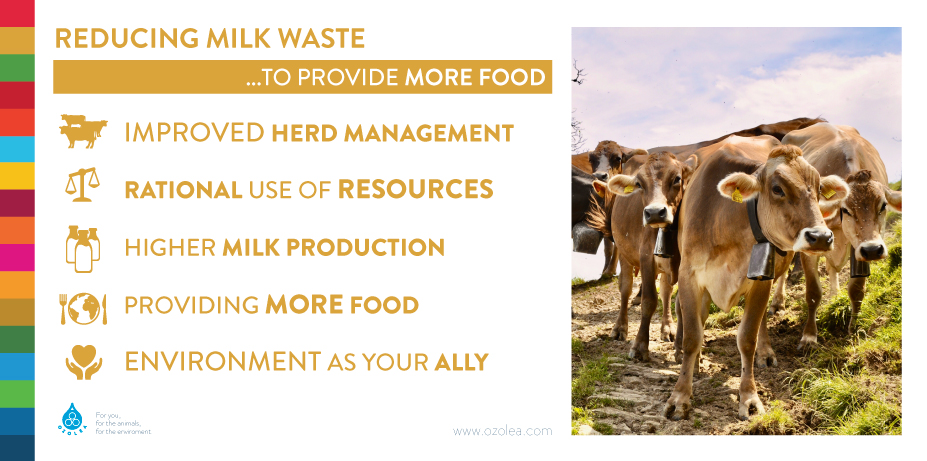
1 United Nations World Food Programme, 2021.
https://www.wfp.org/zero-hunger
2 Transforming the livestock sector through the Sustainable Development Goals.
http://www.fao.org/3/CA1201EN/ca1201en.pdf
3 Livestock husbandry has a multiplier effect on other business activities.
https://www.ozolea.it/livestock-husbandry-has-a-multiplier-effect-on-other-business-activities/
4 Making money by saving milk.
https://www.ozolea.it/making-money-by-saving-milk/

